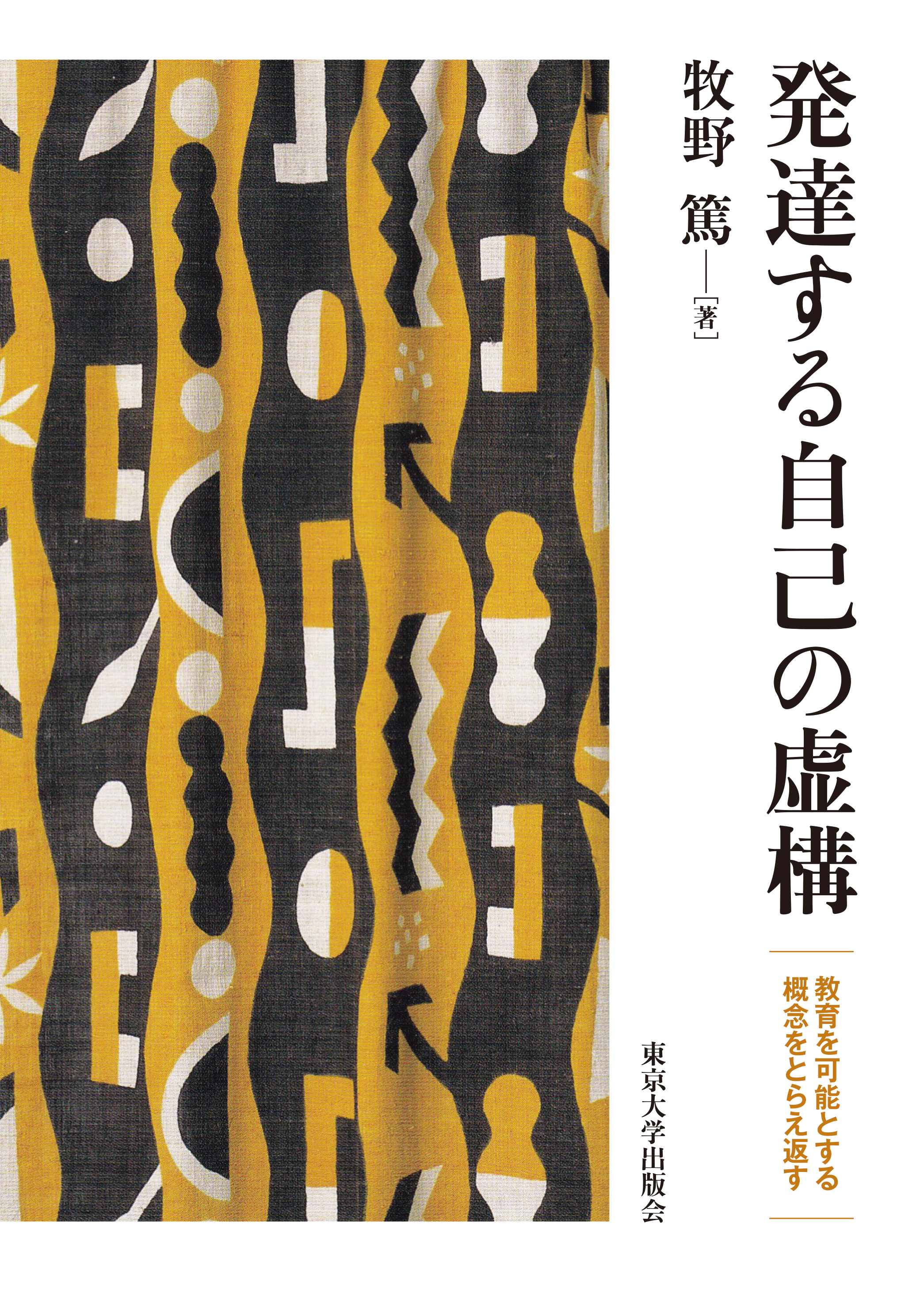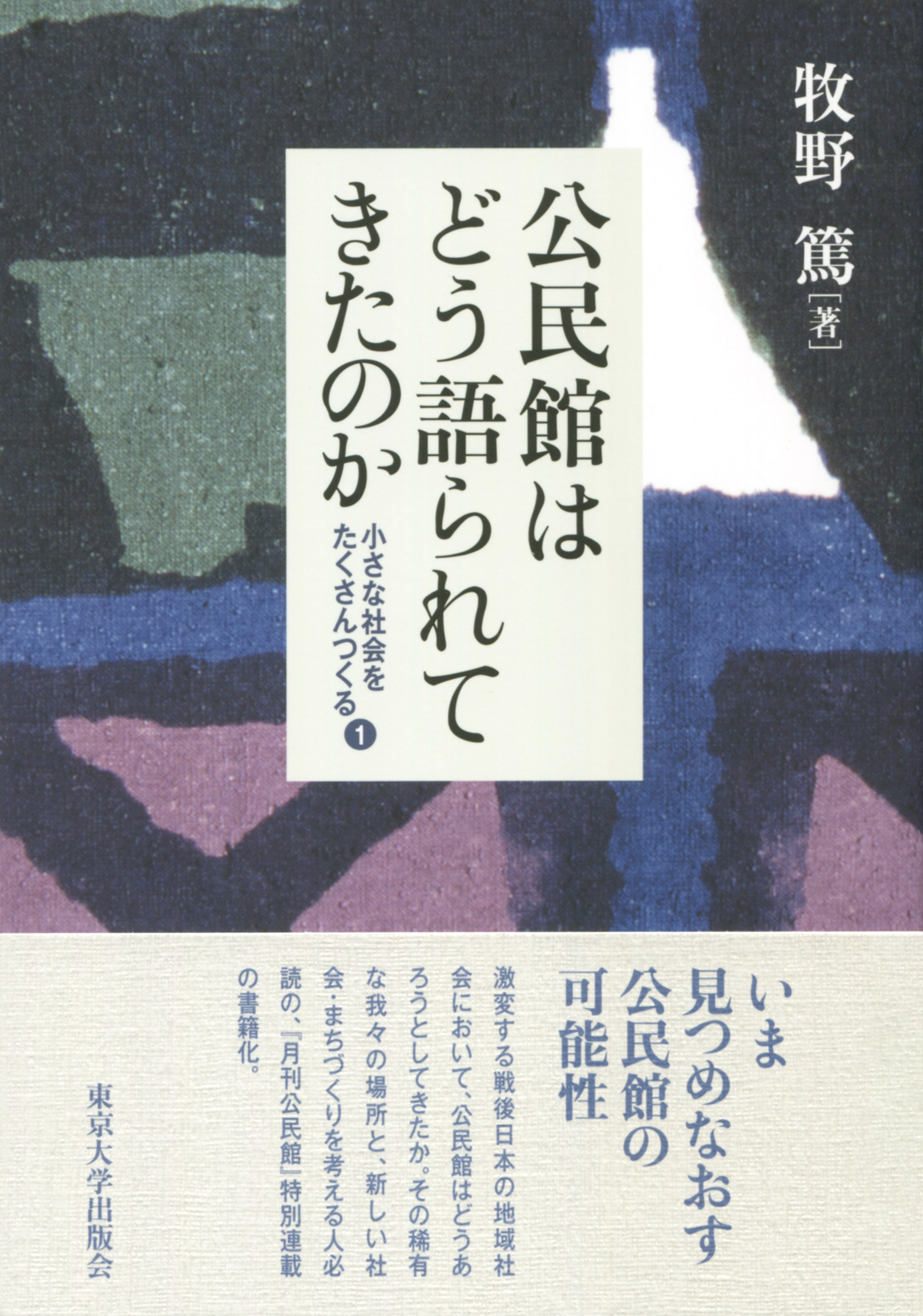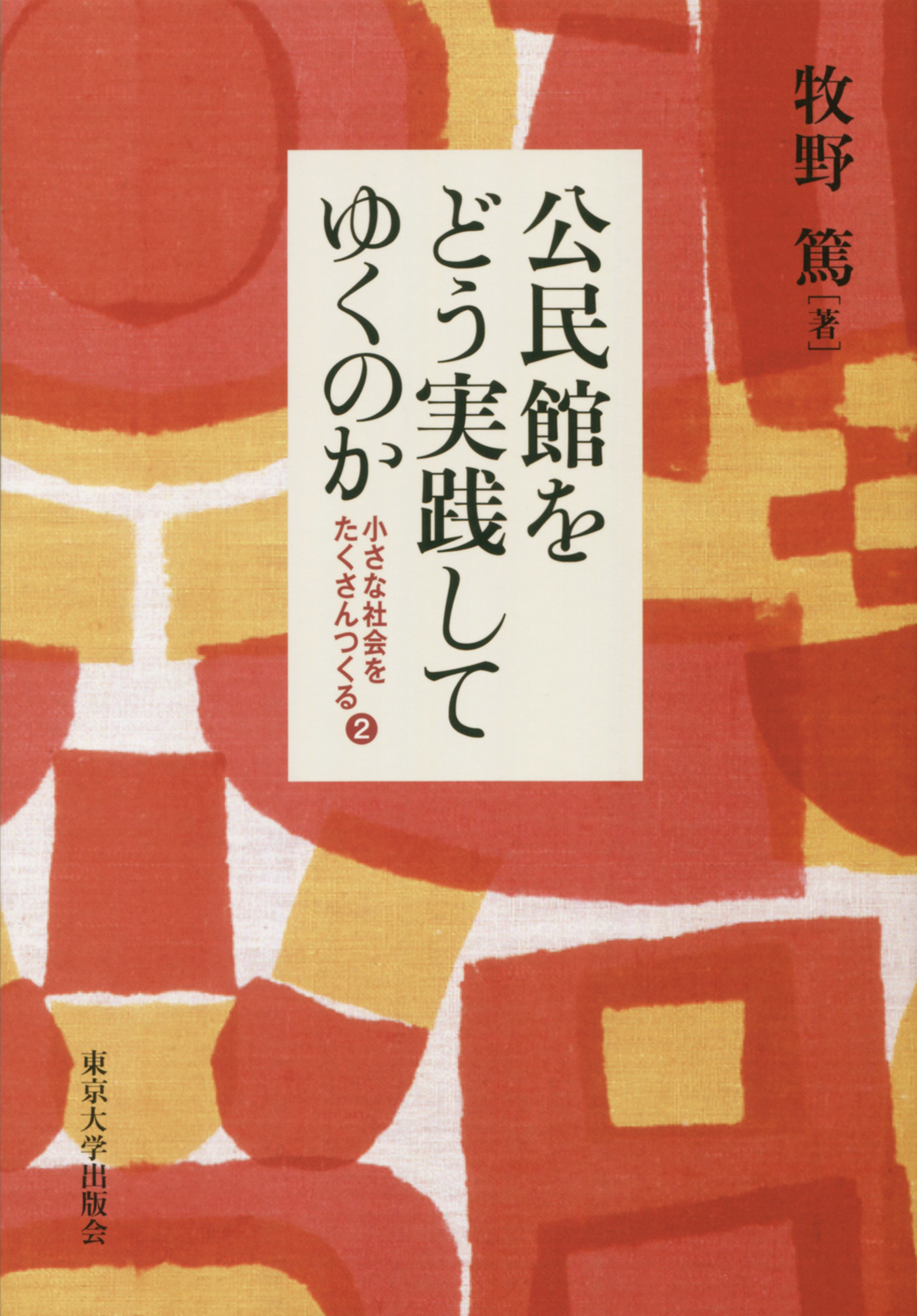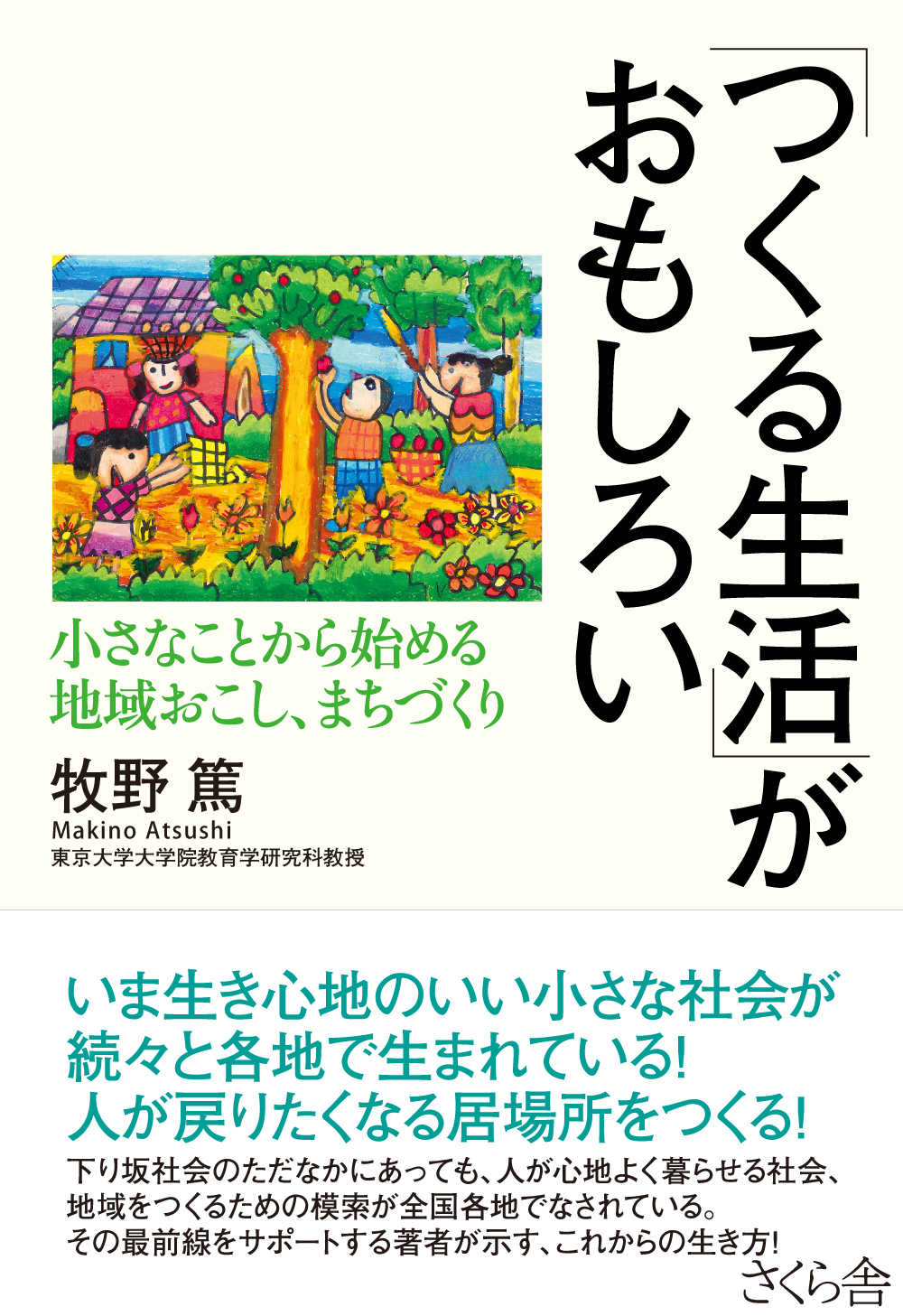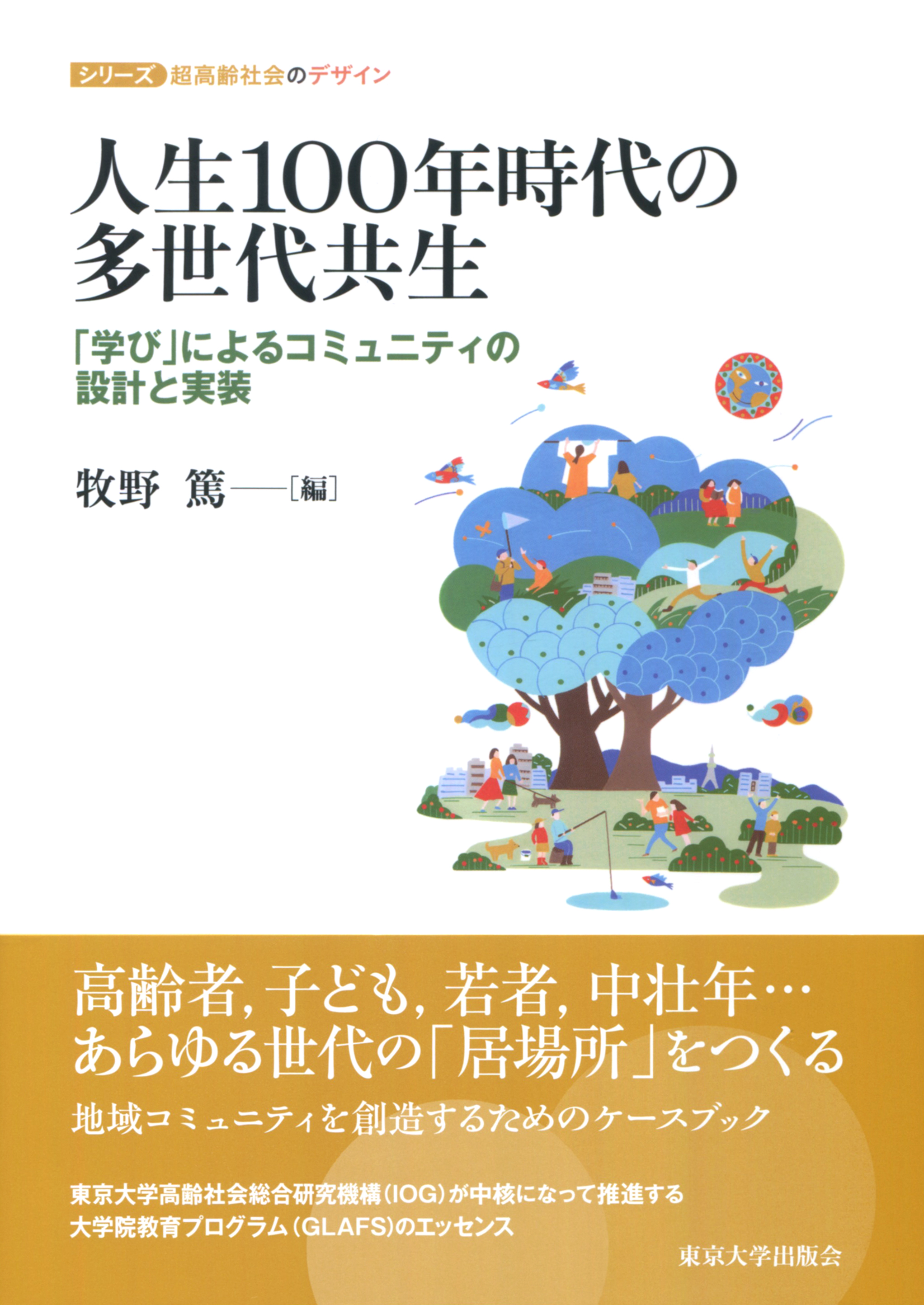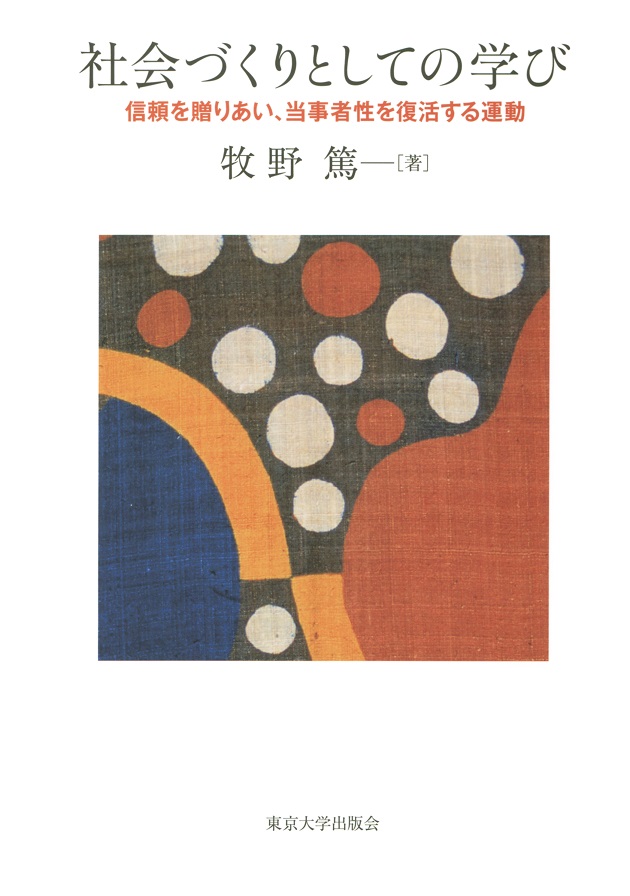
Title
Shakai-zukuri toshiteno manabi (Learning: The Movement to Create Community and Strengthen Society)
Size
288 pages, A5 format
Language
Japanese
Released
March 23, 2018
ISBN
978-4-13-051338-8
Published by
University of Tokyo Press
Book Info
See Book Availability at Library
Japanese Page
Over the last several years, the author of this book has visited municipalities throughout Japan, and furthermore, the communities at their foundation, to participate in various community-building activities. Through these opportunities, it is possible to observe that a movement to create deep structural changes in people’s lives at the grassroots level is finally and surely beginning. The main actors of this movement are residents of local communities. We also catch glimpses of adolescents, especially junior high school and high school students, as new actors.
This grassroots movement is also changing the ways of a community, from one where residents demand autonomy from the government to one where residents create autonomy themselves. In this movement, residents are finally released from the fetters of memories of past economic growth. They then generate their own communities, receive them, and carefully pass them on to the next generation. Young people who do not have the experience of economic growth inherit the asset of a rich society built by their predecessors. However, in an era in which economic expansion has already ceased, we can observe that young people are seeking to convert this material wealth to socially rich values, receiving this society by themselves, and trying to guide it to next stage. Here, the creation of new values through dialogue is unceasingly being carried out based on the participants’ diversity of values and contentions among values. We can see that young people themselves are practicing the creation of new values for living and giving themselves a place in this society.
It can be considered that instead of being tormented by the emptiness in one’s own life and seeking meaning as a result, residents are exchanging their values with others, leading to the constant creation of new values. A residents’ new self formed by this process is felt together with the other residents, and a new economic movement is beginning in which new values are formed and circulated by the discovery of happiness and joy in this process.
In such a society, existing norms and influences are recast. The freedom to create new communities is mutually guaranteed as a right, and this right is reassembled into the power of relationships. Society is changed from one of static structures of distribution and ownership premised on what one had been given to one composed diversely of communities with dynamic structures based on generation and transformation.
In this society, people’s existence itself emerges in the space with others. The movement that seeks to make people exist unto themselves also creates new others. In doing so, relationships based on the mutual extension of trust are created—in short, society is created. The process called living is also formed here. This series of processes of changes in oneself and society constitute new learning.
This volume describes the process in which the processes of changes in individuals are also processes of creation of society. It not only perceives the way of this community as a society formed by individuals, it also shows that individuals do not exist as single entities but in relationships, and form a collective called society composed of residents and citizenry. Here the book seeks to discern the restoration of agency. This process is learning. This idea is formed in the author as he encounters residents who are carrying out this process in attractive and stimulating ways in various places. And we can feel that author is certainly involved in the process of being an actor by being involved in local community activities. The author’s own process of transformation itself is a process of research as well as a research method.
(Written by MAKINO Atsushi, Professor, Graduate School of Education / 2019)



 Find a book
Find a book


